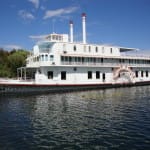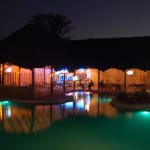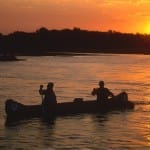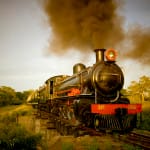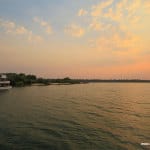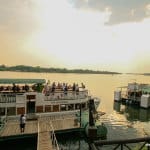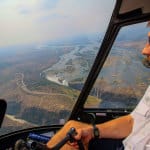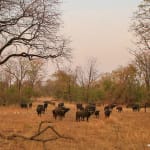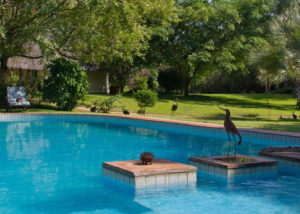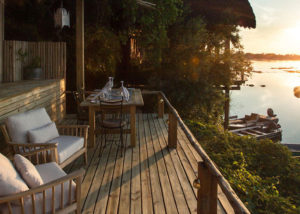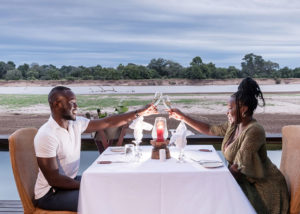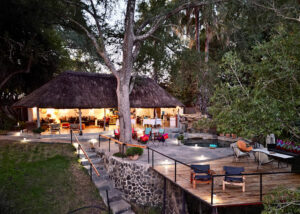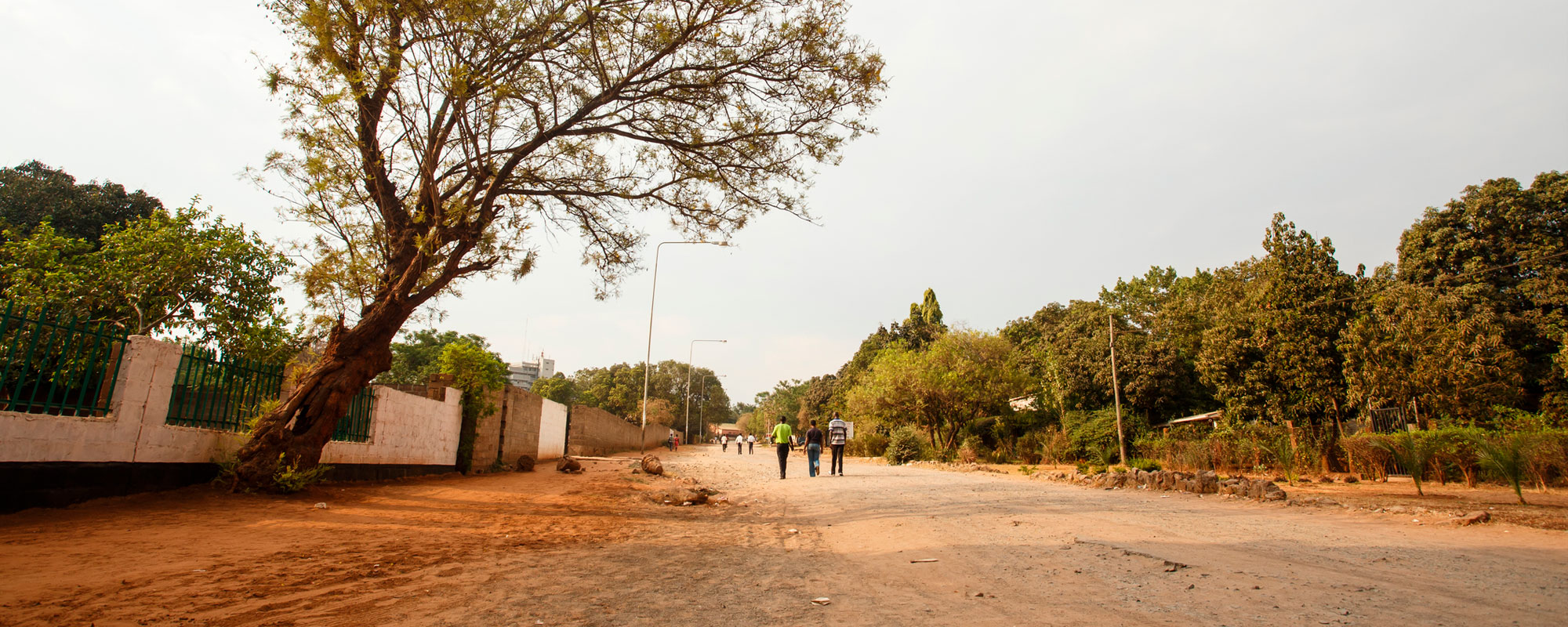
LIVINGSTONE
Named after the famous Victorian missionary explorer, Dr David Livingstone, who explored this area extensively, Livingstone Town was established in 1905.
As a major European immigrant settlement, being close to the Zambezi River crossing over to Southern Rhodesia (now Zimbabwe), the town was made the capital of Northern Rhodesia in 1911. As the capital, it enjoyed excellent facilities far superior to anything elsewhere in the country, as can be seen from the surviving Edwardian buildings that line the city’s main road (including one called Stanley House after journalist Henry Morton Stanley who tracked down Livingstone when he was presumed missing).
Livingstone even had the distinction of having the country’s first newspaper. The capital was moved to Lusaka in 1935 and the bustling city has become a quiet town but retains a special charm. A major event in 2011 was the installation of the town’s first set of traffic lights! The proximity to the Zambezi River and the spectacular Victoria Falls has led Livingstone to become a base for travellers from all over the world wanting to explore this Wonder of the World. Being set away from the Falls makes it quieter and less ‘touristy’ than Victoria Falls Town in Zimbabwe.
Livingstone is a base for visiting Victoria Falls and for staying at the many romantic and relaxed river lodges along the Zambezi.
You can fly directly into Livingstone at Harry Mwaanga Nkumbula International Airport.
GETTING AROUND
- Hemingways offers 4×4 vehicle hire.
- Voyagers / Imperial Car Hire offers a full range of vehicles to tour Livingstone and the Falls.
- AJ Car Hire and Tours offers transfers or self-drive car hire.
- Makora Quest, Bundu Adventures and Bushtracks Africa also do day trips and transfers.
MORE INFORMATION
- Founded: 1905
- Capital in: 1911
- Named after: David Livingstone
- Also Called: Maramba
Proflight has scheduled planes to Livingstone from Lusaka. There are also regional flights from Cape Town, Nelspruit and Johannesburg in South Africa and Nairobi in Kenya.
By road, Livingstone can be approached from three directions. If you’re coming from Zimbabwe, cross the border at Victoria Falls Town over the famous Victoria Falls Bridge, carry straight on this road for about 11km / 7mi. From Botswana, cross the border at Kazungula and continue east for about 60km / 37mi. From Lusaka, Livingstone is 470km / 292mi. Take the southbound Kafue Road out of Lusaka and just after the Kafue River Bridge, turn right towards Mazabuka. This road leads straight to Livingstone.
There are several adventure companies offering river boarding, white-water rafting, canoeing, horse-riding trails, abseiling, as well as boat cruises, quad biking and kayaking. There are also tours to the Victoria Falls, Mukuni Cultural Village and places of interest like the Livingstone Museum. Kubu Craft sells fine wooden furniture as well as many souvenirs and the town market is also well worth a visit.
Many of the area’s hotels and lodges offer day trips into Livingstone, otherwise transfers are available for hire if you are not in your own vehicle.
The Livingstone Museum is the country’s biggest and oldest museum, dating back to the 1930s. It has five sections. The Archaeology Gallery describes human evolution and cultural development in Zambia from the Stone Age to the Iron Age. The Ethnography and Art Gallery shows objects relating to the different cultures of the country including handicrafts and musical instruments. The History Gallery includes the origins of the Bantu people, the development of British colonial rule and the attainment of independence. It also houses a large collection of David Livingstone memorabilia, donated by the Livingstone family. The Natural History section shows various indigenous animals in their natural habitat. There is also an extensive library with books ranging from archaeology, wildlife and also some of Livingstone’s journals. The museum is on the main road through the centre of town.
For steam engine enthusiasts, the Railway Museum in Chishimba Falls road holds some fine examples of Zambia’s railway heritage including old steam locomotives and vintage coaches to the tiniest railway memorabilia and old photographs illustrating life in the pioneer days of the town. There is also information about the history of Jewish settlement in the country.
Zambezi sunsets are stunning and a cruise on the Upper Zambezi is a must on any trip to Livingstone. There are many options from breakfast, lunch and sunset cruises to more social ‘booze cruises’ and luxurious, relaxed experiences. These boats take you past Mosi-oa-tunya National Park where you can glimpse hippos, crocodiles, elephants, giraffe and more while sipping on a classic gin and tonic.
Walking tours around Livingstone can be booked through most agencies to take in the wonderful colonial architecture and history of this unique town.
Livingstone has an 18-hole golf course, complete with clubhouse, restaurant, pro shop and gym.
There is also a crocodile park with large specimens of crocs, snakes and other reptiles.
There are many markets in Livingstone making and selling everything under the sun but a stop to the Mukuni Park Curio Market is not to be missed! Find yourself a unique, Zambian-produced craft as a memento of your holiday.
A trip to Livingstone and its environs of the Zambezi and Victoria Falls may vary according to the season. The green season generally kicks off in November with the first of the summer rains but the Falls will be ‘low’ after a long dry winter. By around February to April, depending on rainfall in the Angolan Highlands that feeds the Zambezi, the Falls should be at their highest and noisiest. They gradually begin slackening but still offer incredible sights to about September.
Peak safari season is about July to October when the bush dies down and the animals are easier to see and find because they don’t stray far from remaining sources of water. If white-water rafting is on your list, be sure to see when low-water and high-water seasons open as they can vary annually based on rainfall. October is usually the hottest and driest month with the ‘Zambian’ side of the Falls often bare rock. The Devil’s Pool and Livingstone Island are also highly seasonal activities that generally only start once the current has slowed and water levels have dropped, usually about mid-year.
If you want the best chance of seeing a lunar rainbow, you need to combine very high spray with a full moon: consider March or April (you also need a perfectly cloudless night, so no pressure!).

